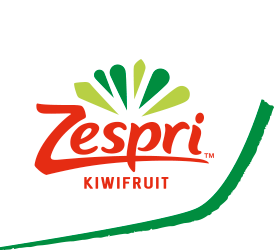An analysis by the Auguste Escoffier School of Culinary Arts revealed a surprising disconnect between agricultural production and local food accessibility in the U.S., while highlighting the states where communities benefit most from food grown close to home.
The study, “Best and Worst U.S. States for Access to Locally Produced Food,” evaluated all 50 states based on the prevalence of community-supported agriculture (CSA), farmers markets, direct-to-consumer sales and other indicators of local food systems. The findings underscore an interesting fact: Even though the U.S. produced $543 billion in agricultural goods in 2022, much of that output is destined for export markets, industrial use or non-food purposes, not local dinner tables.
In the study, Vermont ranked first by a wide margin, receiving a perfect score of 100 in the analysis. The Green Mountain State boasts 4.3 CSAs and 12 farmers markets per 100,000 residents — both among the highest in the nation. Vermont's local producers generate $6.6 million in direct sales annually, supported by more than 6,500 farms, the report showed.
While Vermont's small size and population contribute to its accessibility, the report emphasizes that consumer behavior and support for small-scale agriculture play an even bigger role. Direct-to-consumer sales in Vermont account for 2.07% of total grocery spending, more than double the rate in any other state.
Oregon and Maine followed Vermont in the rankings, earning scores of 69 and 66.12, respectively. Both states combine relatively small populations with robust support for CSAs and local markets, the report showed. Oregon, for example, matches Washington in total market count (122) but outranks it due to stronger CSA density and higher per-capita local sales.

Other states in the top 10 include Hawaii, California, Washington, New Mexico, Wisconsin, Michigan and Montana. Despite California's massive scale and population, it manages to rank fifth, the report showed, thanks to more than 63,000 farms and 582 farmers markets, the most in the nation.
The report also revealed a striking contrast: several of the country's largest agricultural producers scored poorly in terms of local food access. States such as Texas, Nebraska, Illinois and Kansas — all dominant in commodity crop production — ranked much lower due to limited infrastructure for selling food locally.
For instance, in Kansas, over 65% of cropland is used for commodity crops like corn, soybeans and wheat. Despite its vast acreage, Kansas has only slightly more vegetable-growing land than Vermont, a state 65 times smaller in total cropland area. Similarly, orchard space makes up just 0.02% of Kansas cropland, compared to 0.72% in Vermont.
This disparity reflects the broader trend identified in the report: States focused on commodity agriculture often lack the systems and policies needed to bring food directly to consumers in their own communities.
According to the report, in 2022, U.S. farms earned $17.5 billion through direct sales to consumers and local buyers such as schools and restaurants. That number is expected to grow as demand for transparency, freshness and sustainability increases.
A spokesperson from Escoffier says, “This data shows that access to local food isn't just about how much a state produces, it's about how that food reaches people. States with strong local networks, like CSAs and community outlets, are creating systems that support everyday access. It's not limited to rural areas; urban centers also play a major role in making regional food available. What stands out is the consistency where top states invest in both supply and connection. These systems help build trust in food sources and support local economies. As more people prioritize transparency and freshness, local access becomes more than a niche preference. It reflects a shift in how communities think about food overall.”



















